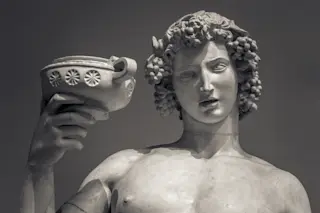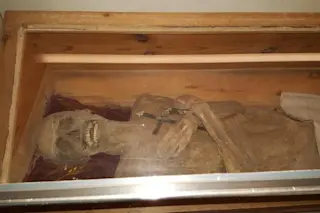In the early 20th century, a determined young man named Percy Julian embarked on a journey that would not only defy the societal constraints of segregation and inequality, but also revolutionize the world of science and medicine.
Born to the descendants of slaves, Julian's story is not just a tale of overcoming adversity; it's a testament to the power of resilience, intellect, and innovation. Julian's determination propelled him from the classrooms of Harvard to the laboratories of Vienna, and eventually, into the annals of history as one of the most influential scientists of his generation.
A prolific and successful inventor, Julian obtained more than 130 patents over the course of his career. His pioneering work in the field of chemical synthesis led to the production of hormones and steroids.
Time and again, he found new ways to create important medicinal products from available plant sources like soybeans, making them easier ...















